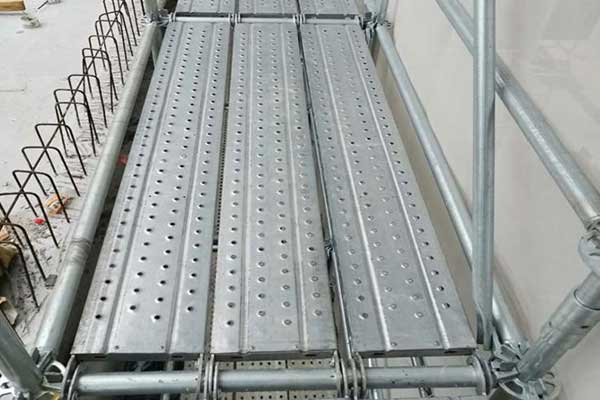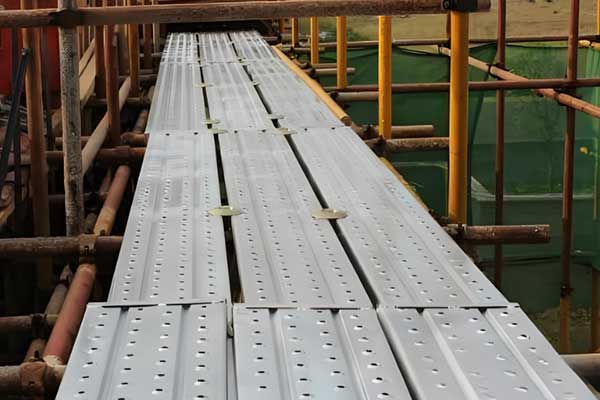What Size is a Standard Scaffold Plank?
When working at heights, scaffolding plays a critical role in ensuring safety, stability, and ease of access. One of the most important components of any scaffold system is the scaffold plank. But what size is a standard scaffold plank? Whether you’re a construction professional, contractor, or DIY enthusiast, understanding scaffold plank sizes can help you choose the right materials for your project.

Standard Scaffold Plank Dimensions
The size of a standard scaffold plank can vary slightly depending on regional regulations and intended use, but some general dimensions are widely recognized in the construction industry.
Common Scaffold Plank Sizes (Imperial System):
- Length: 6 ft, 8 ft, 10 ft, 12 ft, and 16 ft
- Width: 9 inches (often referred to as “nominal 2×10” lumber)
- Thickness: 1.5 to 2.5 inches (usually around 1.5″ for wood planks, thicker for aluminum or steel planks)
Metric System Equivalent:
- Length: 1.8 m, 2.4 m, 3.0 m, 3.6 m, and 4.8 m
- Width: 225 mm
- Thickness: 38 mm to 63 mm
These dimensions can vary slightly depending on the scaffold system being used (e.g., ringlock, cuplock, Kwikstage, frame scaffolding), as well as the material and load-bearing requirements.
Scaffold Plank Sizes by Region
| Region | Common Width | Thickness | Length Options |
|---|---|---|---|
| USA | 9″ (nominal) | 1.5″ | 8’–16’ |
| UK/EU | 225mm–250mm | 38mm–50mm | 1.2m–3.9m |
| Asia | 240mm | 45mm | 1.0m–3.0m |
Types of Scaffold Planks by Material
The size and strength of a scaffold plank can also depend on the material it’s made from. Here are the most common types:
1. Wooden Scaffold Planks
- Made from solid-sawn lumber such as Douglas Fir or Southern Pine.
- Common in the U.S. and regions where timber is widely used.
- Must be inspected regularly for cracks, splits, and rot.
2. Aluminum Scaffold Planks
- Lightweight, rust-resistant, and durable.
- Often come with hooks or locking systems.
- Suitable for long-term and high-load applications.
3. Steel Scaffold Planks
- Extremely strong and ideal for heavy-duty construction work.
- Heavier than aluminum and wood but lasts longer.
- Often galvanized to prevent rust.
4. Plywood Planks
- Engineered for uniform strength and durability.
- Often used in combination with metal frames or edges for reinforcement.

Regional Standards and Regulations
United States (OSHA)
- OSHA requires scaffold planks to be able to support at least four times the intended load without failure.
- Scaffold-grade lumber must comply with ANSI A10.8 and OSHA 1926.451.
United Kingdom (BS EN 12811)
Scaffold boards typically come in:
- 38 mm x 225 mm x 3.9 m (common British size)
- Conform to BS 2482 standards
Australia
Standard size is often:
- 230 mm wide x 39 mm thick x 3.6 or 3.9 meters long
- Must meet AS/NZS 1577 standards
Always check your local scaffold safety regulations before choosing plank sizes.
Final Thoughts
Understanding the standard scaffold plank size is essential for both safety and efficiency on construction sites. The right plank size ensures stability, supports the necessary load, and fits seamlessly with your scaffold system.
Need quality scaffold planks? Contact us today for certified scaffold boards tailored to your site requirements.
